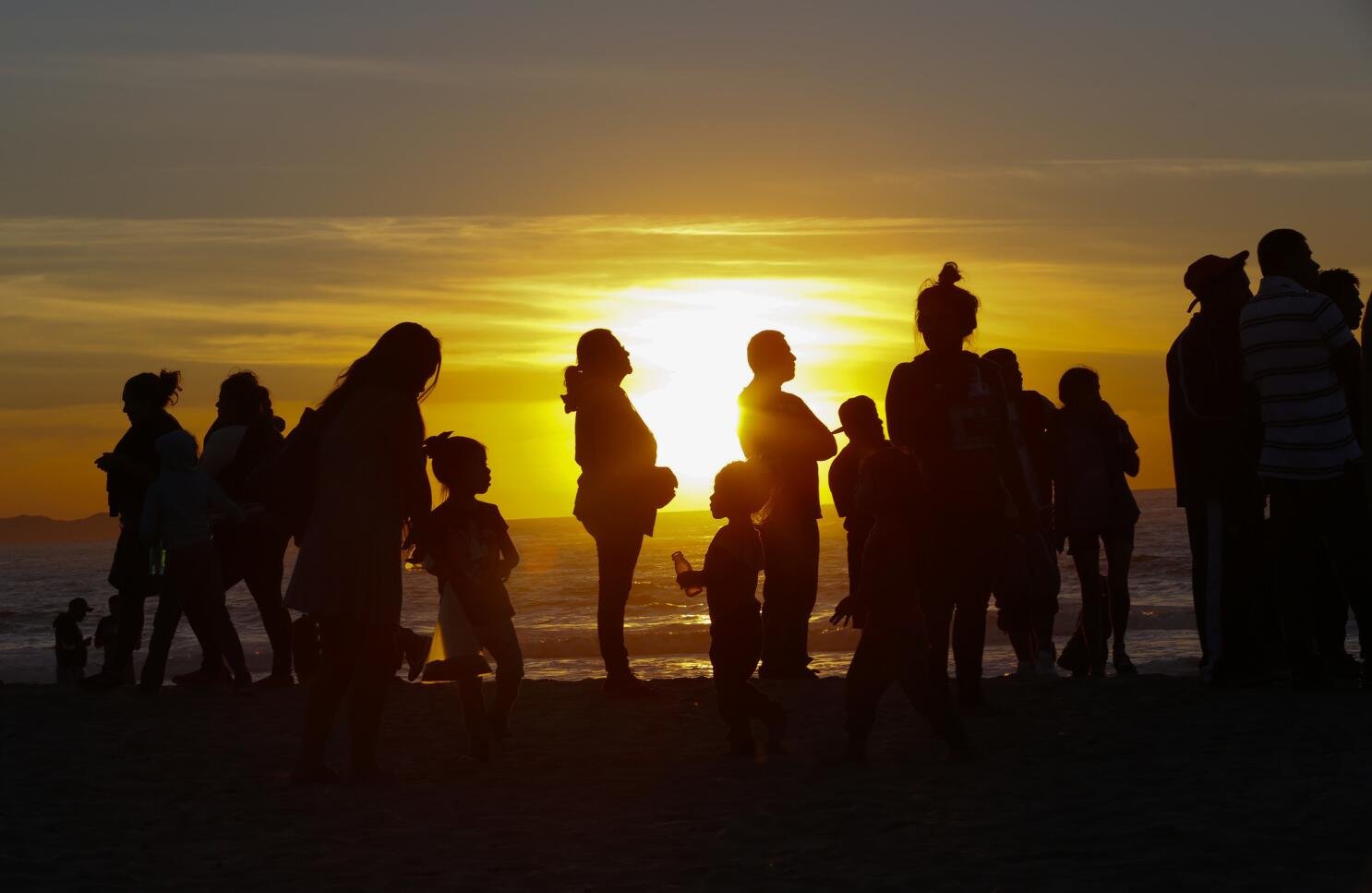By Statistics Canada
Having a high level of confidence in the Federal Parliament, the justice system and courts, the police, and the Canadian media can be seen as a vital measure for assessing the health of democracy in Canada. Confidence in these institutions reflects the sense that they are safe, effective, transparent and accountable.
From October 2022 to January 2023, about two-thirds (67%) of Canadians reported having a high level of confidence in the police. This was a greater proportion than other institutions, such as the justice system and courts (51%), the Federal Parliament (36%) and the Canadian media (33%).
In the context of increased diversity and immigration being the main driver of population growth in Canada, it is relevant to investigate if different groups of the population share these views similarly.
Using preliminary data from the Survey Series on People and their Communities, this report examines whether racialized and non-racialized, non-Indigenous people in Canada have differing levels of confidence in public institutions, which is a key indicator of Canada's Quality of Life Framework.
Southeast Asian, Black and Japanese people are less likely to report confidence in police
Previous surveys have shown that Black Canadians report lower levels of confidence in police than non-Indigenous and non-racialized people. Along the same lines, this survey reported that Southeast Asian (63%), Black (52%) and Japanese (47%) people in Canada were less likely to have confidence in the police, compared with those who did not belong to a racialized group and were not Indigenous (69%). Some subgroups had notably lower confidence in the police, like Southeast Asian (45%) and Black (32%) people who were born in Canada.
Most racialized groups report higher levels of confidence in the justice system and courts than non-racialized, non-Indigenous people
By contrast, some racialized groups were more likely to be confident in the justice system and courts. Compared with their non-racialized, non-Indigenous counterparts (49%), racialized groups—such as South Asian, Chinese, Filipino, Arab, Latin American, Southeast Asian, West Asian and Korean people in Canada—were more likely to have confidence in the justice system and courts (ranging from 58% to 69%; Table 1). However, Japanese people in Canada (36%) were less likely to be confident in this institution. Recent South Asian, Chinese, Filipino, Arab and Southeast Asian immigrants reported particularly high confidence (Tables 2 and 3).
Similar patterns were found for levels of confidence in the Federal Parliament and the Canadian media. Japanese people in Canada were less likely to be confident in the Federal Parliament (24%) and the Canadian media (21%) than their non-racialized, non-Indigenous counterparts (31% for both institutions). However, South Asian, Chinese, Black, Filipino, Latin American, Southeast Asian, West Asian and Korean people in Canada were more likely to have confidence in the Federal Parliament (ranging from 44% to 58%; Table 1) and the Canadian media (ranging from 35% to 45%; Table 1).
Among most racialized groups, recent immigrants had a substantially higher level of confidence in the media and the Federal Parliament. For example, among South Asian people, 25% of those born in Canada had confidence in the Canadian media, compared with 57% of recent immigrants (Table 2, 3).
This report identified that the intersection between racialized groups and immigrant status was associated with confidence in all four institutions. Future research using the Survey Series on People and their Communities will be useful for tracking relevant indicators in the Quality of Life Framework among racialized groups as well as immigrants in Canada.
Ottawa: Statistics Canada, 2022. 5p.






















